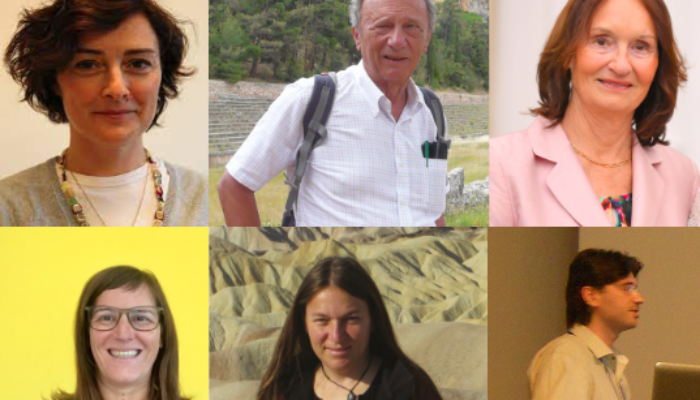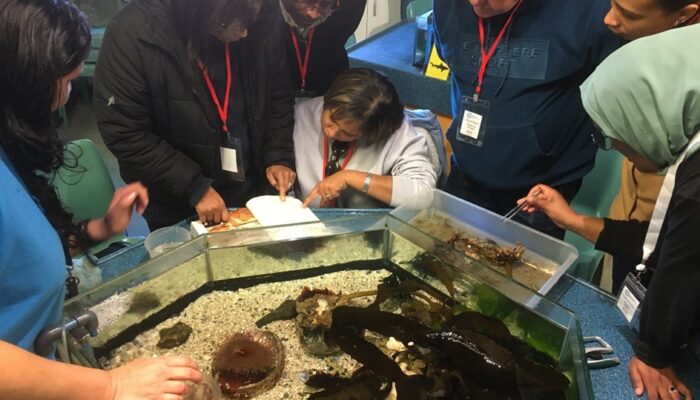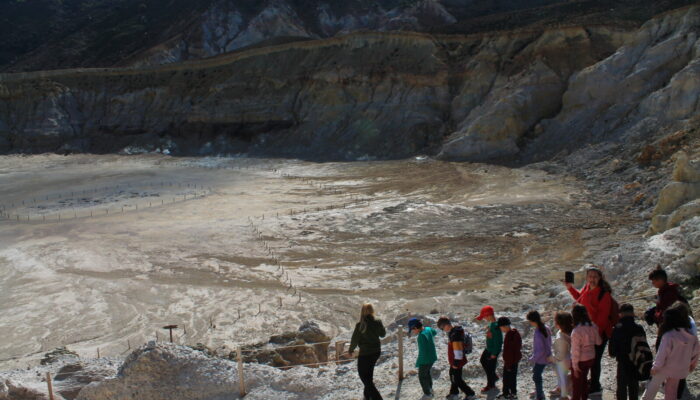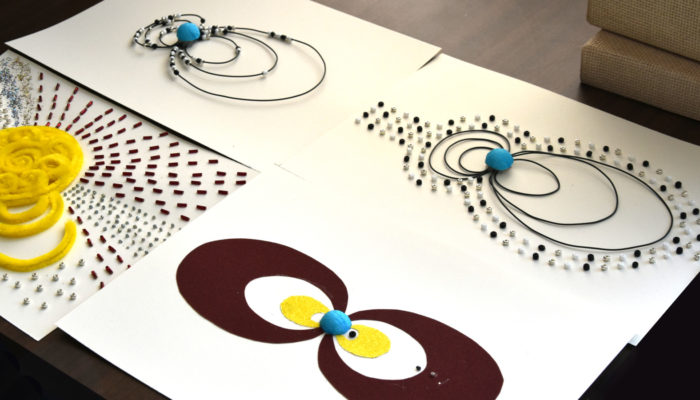Many teachers follow path writ by a particular diction, which reads “lifelong learning”. There is no other way, actually, to keep track of all of these fast changing issues and challenges of today’s world, which, in many ways, touch geoscientific topics (climate change, food security, geopolitics, to name but a few). Consequently many teachers are eager to learn from science as much as they can in ...[Read More]
Can anyone engage in geoscience outreach or does it take certain skills?
On 20 October 2023, a team of geoscientists will host EGU’s Geoscience Day in Santorini and Nisyros (Greece) with a diverse audience: 60 young students from Nisyros Elementary School, 120 students from the Vocational High School of Santorini, educators, local journalists and representatives of the tourism industry. With such a mixed group of attendees, one might expect unique challenges that ...[Read More]
Meet the EGU Education Committee!

The EGU’s Education Committee (EC) helps to bring science to educators, from higher education funding grants and coordinating training programmes to bringing teachers to Vienna to participate in the annual GIFT (Geoscience Information For Teachers) workshop and meet with scientists at the EGU General Assembly. In this article, six of the volunteer committee members reflect on what it’s ...[Read More]
A touch of space weather! An EGU funded outreach project for blind and visually impaired students
We can all probably agree that the Northern Lights are one of the world’s most spectacular natural displays. But how do we share this beauty with children who are blind? How do we explain the processes behind the aurora creation to the visually impaired when all the illustrations of Earth’s magnetosphere are in 2D? The Northern Lights are just one of the consequences of ‘space weather’. Space weat ...[Read More]



